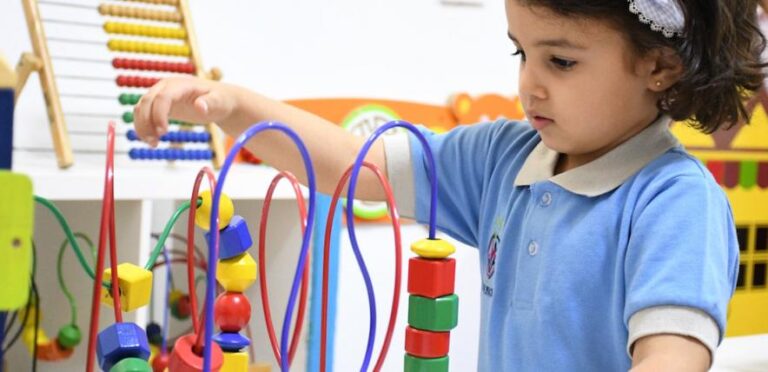From Lucy Upton and Gill Harris at the Infant and Toddler Forum (ITF), a not-for-profit organisation committed to giving every child the healthiest start in life.
Most parents understand that a well-balanced and varied diet is key to a child’s development and health. However, finding the time and energy to expand your child’s food experiences can be challenging, especially if you have a child that refuses some food. In this blog, we’ll explore why it’s worth the effort and offer practical, manageable tips to make the journey enjoyable and rewarding.
The benefits of broadening your child’s food experiences can be far-reaching and go beyond just helping them to hit nutritional guidance milestones such as eating five a day!
Here are some key reasons why it’s worth investing time in this.
- Dietary variety—Exposing your child to a range of foods can help them build experience with foods that provide a wide range of nutrients needed for growth and development. Dietary variety is also known to benefit the body, not only by providing essential nutrients, vitamins, and minerals but, in the long term, can contribute to a healthy gut microbiome and disease prevention.
- Eating habits—Exposure to a diverse range of foods can help foster healthy eating habits for life, not just in terms of what foods may be eaten but also in terms of confidence in being around or exploring new foods or food environments.
- Social and cognitive development—Exploring and experiencing a wide range of foods can greatly benefit a child’s cognitive development. From stimulating different senses to building cultural awareness, food experiences offer an array of learning experiences.
- Positive mealtime experiences—Building food awareness, familiarity, and acceptance can benefit mealtimes. Your child may feel more confident at mealtimes when different foods are offered and in different mealtime environments, e.g., eating out or eating abroad. Mealtimes may become more enjoyable and less stressful for both parents and children.
Bumps in the road
Even though you might have introduced good foods in the first two years, all young children will go through a stage at around two years when they will refuse food which they happily ate before and/or refuse to try new foods.
This is called the neophobic stage of food refusal. The child is not being naughty or exercising their ‘no muscle’; it is a stage in cognitive development.
Foods which are most likely to be refused at this time will be those of a mixed texture (like spaghetti bolognaise), or foods that are wet and slimy. That means many main meals might go, along with the fruit and vegetables. Some food textures will always be more difficult to get accepted, and every parent knows which ones these are – chewy meat, anything with bits in, and fruit and vegetables with seeds and skin!
Parents can feel exasperated when this happens. The important thing is how you handle it.
How to get variety back and make mealtimes enjoyable
Most children will grow out of the neophobic stage between the ages of three to four years and will then return to accepting a range of foods. They do this by watching what other people around them are eating.
What doesn’t help is pressure, tears, and worry (yours and the child’s). Don’t rush!
Top tips:
- As much as possible, allow the child control over what they eat
- If they refuse the main meal, still offer dessert – or another mini meal a few hours later.
- Do not pressure to eat when there are tears and tantrums (yours or the child!).
- Eat with the child
- Put your food on the table on a sharing plate where they can see it, and they can see you eating it
- Let them take the food if they want to
- You can ask them if they want to try it, but don’t coax
Try new environments where the anxiety about eating is low:
- perhaps nursery school, or playgroups where they can see other children eating different foods
- or picnics & outings, where new food is offered without the pressure of the meal table
Take it slow with new foods; talk about them, then:
- look at them
- smell them
- go for small tastes at first, you show how
- start with the easy textures, change the texture of foods which are difficult, make fruit puree into an ice lolly!
- do some food prep together, but don’t expect your child to try; just let them enjoy the experience of making a mess – with you.
Let the child go at their own pace, and they will get there eventually!
Please find more information on this topic from the Infant and Toddler Forum. Some children may have an eating disorder; if they do not move on easily see https://infantandtoddlerforum.org/toddlers-to-preschool/fussy-eating/introducing-new-foods/
To read next…
Tiny tummies: a guide to toddler portion sizes and packed lunches










